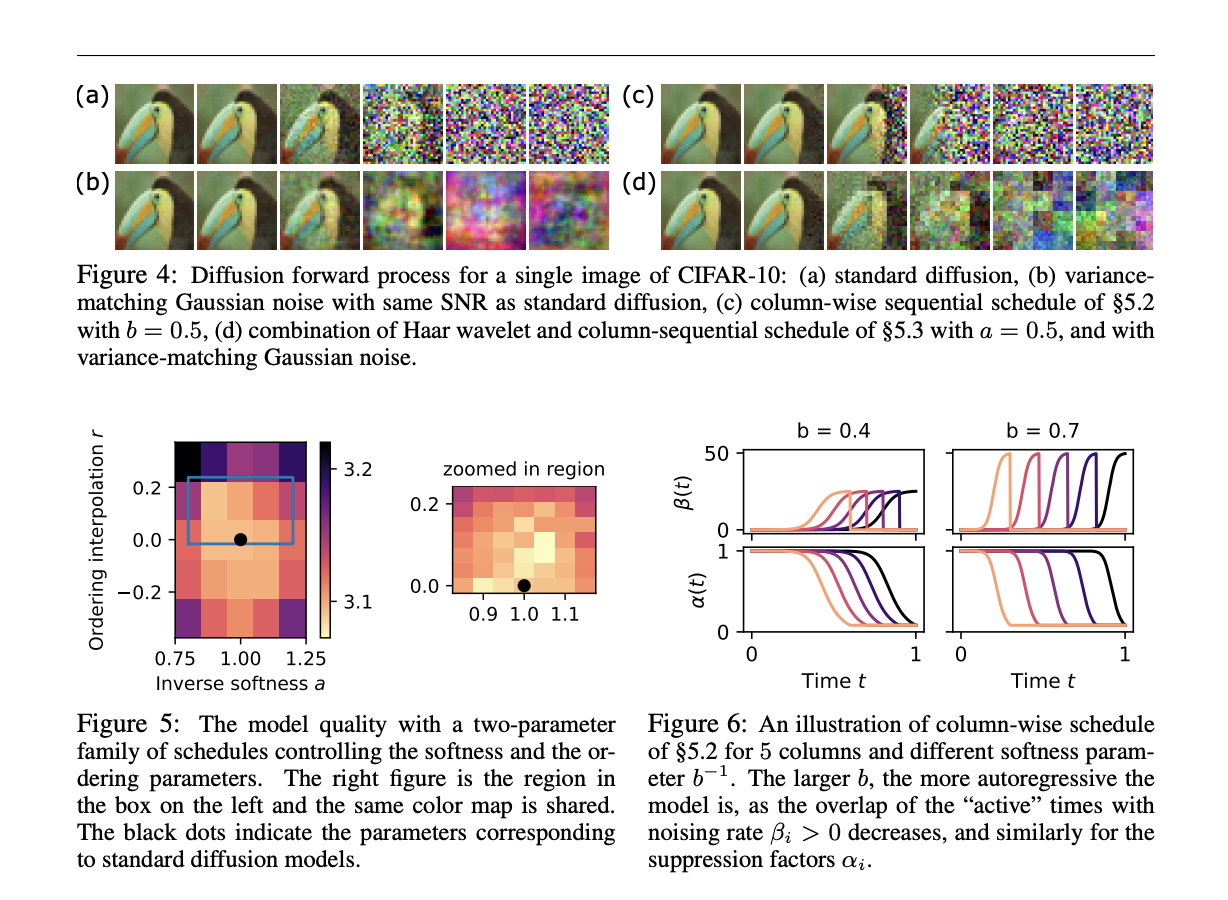
Practical Solutions and Value of Generative Unified Diffusion (GUD) Framework
Challenges Addressed:
- Flexibility and efficiency limitations in traditional diffusion models
- Rigidity in data representations and noise schedules
- Separation between diffusion-based and autoregressive approaches
Key Features of GUD Framework:
- Choice of different data representations (e.g., Fourier, PCA)
- Component-wise noise schedules for adaptive noise levels
- Integration of diffusion and autoregressive processes via soft-conditioning
Value Proposition:
- Improved performance metrics like negative log-likelihood and FID
- Enhanced adaptability and efficiency in data generation tasks
- Superior image synthesis and hierarchical data generation capabilities


























